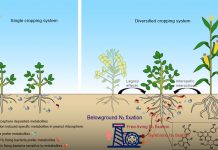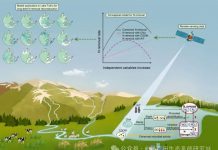Hua Wang Rong Fu Chen Takashi Iwashita Ren Fang Shen and Jian Feng Ma. Physiological characterization of aluminum tolerance and accumulation in tartary and wild buckwheat. New Phytologist 2014 DOI: 10.1111-nph.13011
Abstract
- Ionic aluminum (Al) is toxic for plant growth but some plant species are able to accumulate Al at high concentrations without showing toxicity symptoms.
- In order to determine whether other species in the genus Fagopyrum are able to accumulate Al like common buckwheat (Fagopyrum esculentum) we investigated the external and internal detoxification mechanisms of Al in two self-compatible species: tartary (Fagopyrum tataricum) and wild buckwheat (Fagopyrum homotropicum).
- Both tartary and wild buckwheat showed high Al tolerance comparable to common buckwheat. Furthermore these two species also secreted oxalate rapidly from the roots in response to Al in a time-dependent manner. Both tartary and wild buckwheat accumulated > 1 mg g−1 Al in the leaves after short-term exposure to Al. Analysis with 27Al-nuclear magnetic resonance (NMR) revealed that Al was present in the form of Al-oxalate (1 : 3 ratio) in the roots and leaves but in the form of Al-citrate (1 : 1 ratio) in the xylem sap in both species.
- These results indicate that similar to common buckwheat both tartary and wild buckwheat detoxify Al externally and internally respectively by secreting oxalate from the roots and by forming the Al-oxalate complex which is a nonphytotoxic form. These features of Al response and accumulation may be conserved in genus Fagopyrum.







